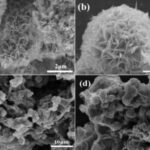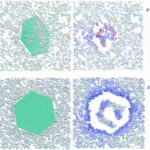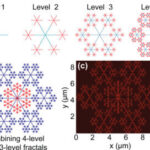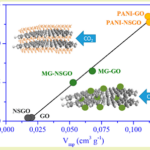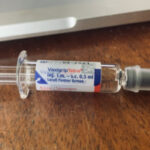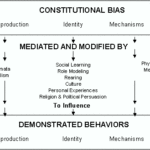October 10, 2024 Scientific alternative studies, Totalitarianism
How long before we get thrown in the bucket again ?
Curt Richter and his diabolical experiment. Resilience and the Power of Hope
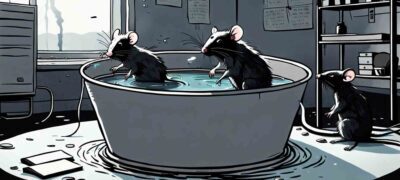
Have you ever heard of Dr. Curt Richter ?
At a time when almost anything could be done in the name of “science” in the United States (at least in theory), Dr. Curt Richter, then a renowned psychologist and psychotherapist, conducted major experiments on mice, the most famous of which was presented at Johns Hopkins University in the mid-1950s.
These tests were designed to discover the effects of hopelessness and despair on the survival rate of rats.
Apparently, this “scientist” would place rats in a bucket of water and then begin to time their frantic movements.
The rats thought they were drowning and would do anything to save their lives.
But most of them died after about 15 minutes of excruciating suffering.
The experiment was then repeated a second time, but this time the rats were first observed and then rescued just as they were about to drown, carefully dried, and then euthanized.
A miracle, from the point of view of the poor mice ?
No, because after a short rest, the mice were thrown back into their buckets to the end, which was not in the previous 15 minutes of exhaustion, but after sixty hours.
How was it possible that these poor little creatures were able to expend what little energy they had to stay alive for so long ?
The hope of survival.
They had been saved before, so surely they would be saved again.
They had unquestioning faith in Dr. Curt Richter and knew that at the last moment he would save them from certain death.
But unfortunately for them, he did not save them.
The diabolical Dr. Curt Richter only wanted to see how long hope would sustain them.
How long the glimmer of faith in the goodness of man could shine in the hearts and muscles of these poor little mice.
Dr. Richter, of course, became a “hero” in the scientific world for proving that mice are capable of using all their energy to stay alive if they are led (falsely) to believe that they will eventually be rescued.
Simply put, they could keep trying to stay alive almost indefinitely if they could hope that they would be rescued.
Psychologists often cite this experiment as proof of the power of hope.
It turns out that our perspective (on a situation, an event, a problem) can be incredibly powerful.
When we hope that circumstances are temporary and that change is possible, we can accomplish extraordinary things.
Hope can be the factor that changes an outcome from bad to great.
I wonder if Dr. Richter (at least secretly) wanted to try his experiment on humans, but (unfortunately for him) did not have the good fortune to be in Germany a few decades earlier.
The Nazis would certainly have been happy to accommodate him.
Is that the only thing he discovered?
No, of course not.
He also discovered that if you give a creature a little slack, that is, if you stop torturing it for a moment and make it believe that you have saved its life, you can go back to torturing it.
And that poor creature will continue to be tortured for a long time, until it dies of distress.
How can we apply this to our days ?
When the farce of the “terrible” (and mostly non-existent) virus began, our governments claimed that we would surely die if we did not continue to “swim”.
With this social experiment we were forced to experience all kinds of “torture” : social distancing, no dating, marriages that never took place, lack of funerals and religious services, closure of businesses.
Then, suddenly, also thanks to the so-called “vaccine” (or rather poison), we were “saved”.
The cold ended, the summer was pleasant, warm (no, it was hot, wasn’t it ? Ah, but that’s another story, almost certainly the next phase of the experiment).
Everything went back to “normal”.
But how long will it be before we are thrown back into the bucket ?
In the meantime, start paddling.
But don’t worry, we’ll be rescued again.
The doctors have good hearts.
They will surely save us.




